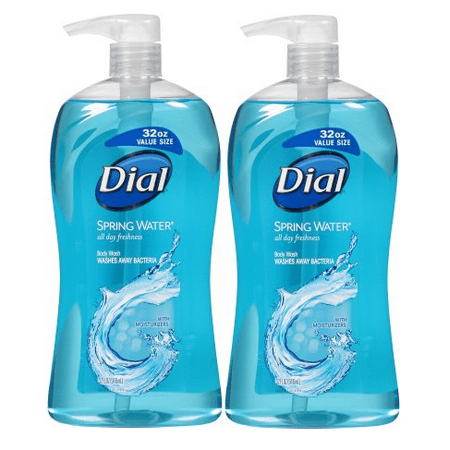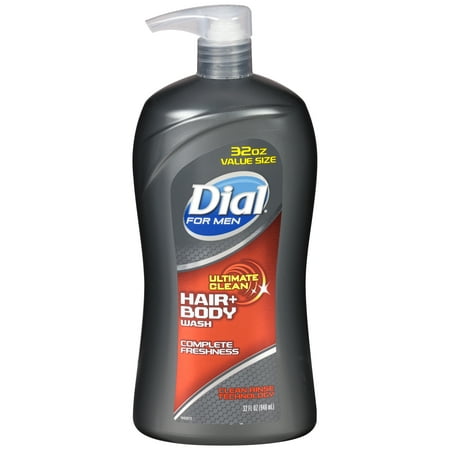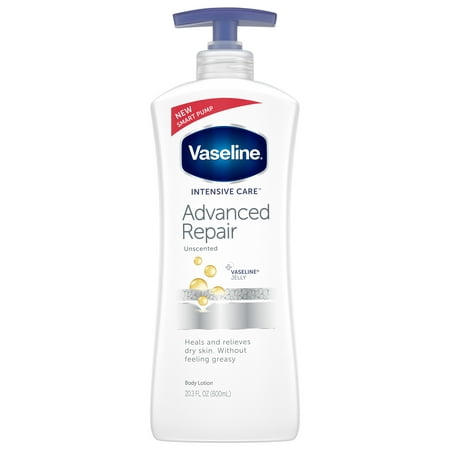AXE 3 in 1 Shampoo, Conditioner & Body Wash Total Fresh 28 oz
Every masterpiece starts with a clean canvas. Itâs the same with your hair. If you try and wax it up into some kind of style when itâs dirty, you wonât get very far. You need a menâs shampoo and conditioner thatâs powerful enough to blast away the daily grime and give your hair the full-on detox it needs. Better yet, a men’s shampoo and conditioner and body wash can save you time and space. Thatâs what Axe Total Fresh 3-in-1 Shampoo and Conditioner and Body Wash is for. Take it into the shower, get frothy, rinse (no repeating), and step out completely clean. Save time by knocking out the steps to get clean all over (hair and body) through one product. And don’t forget about the conditioning action to keep your hair healthy. Our Total Fresh 3-in-1 Shampoo and Conditioner and Body Wash is built for guys. It’s not just about clarifying your hair and body, it’s also about bringing you an incredible experience in the shower through carefully picked fragrances. So youâll smell as good as you look and have hair that’s primed for styling. And because itâs a shampoo, conditioner and body wash, youâll save time in the shower and space in your gym bag too.










AXE 3 in 1 Shampoo, Conditioner & Body Wash Total Fresh 28 ozAxe Total Fresh 3 in1 Shampoo, Conditioner and Body Wash is good for the gym, dorm, and on-the-go3 in 1 formula for easy body washing, shampooing and conditioningHair and body wash cleanses guys with a fresh scent and invigorating feelLeaves guys? hair feeling soft, touchable, and cleanSuperior style starts with cleaner hair.Complemented by a full range of AXE styling and grooming products





Reviews
There are no reviews yet.